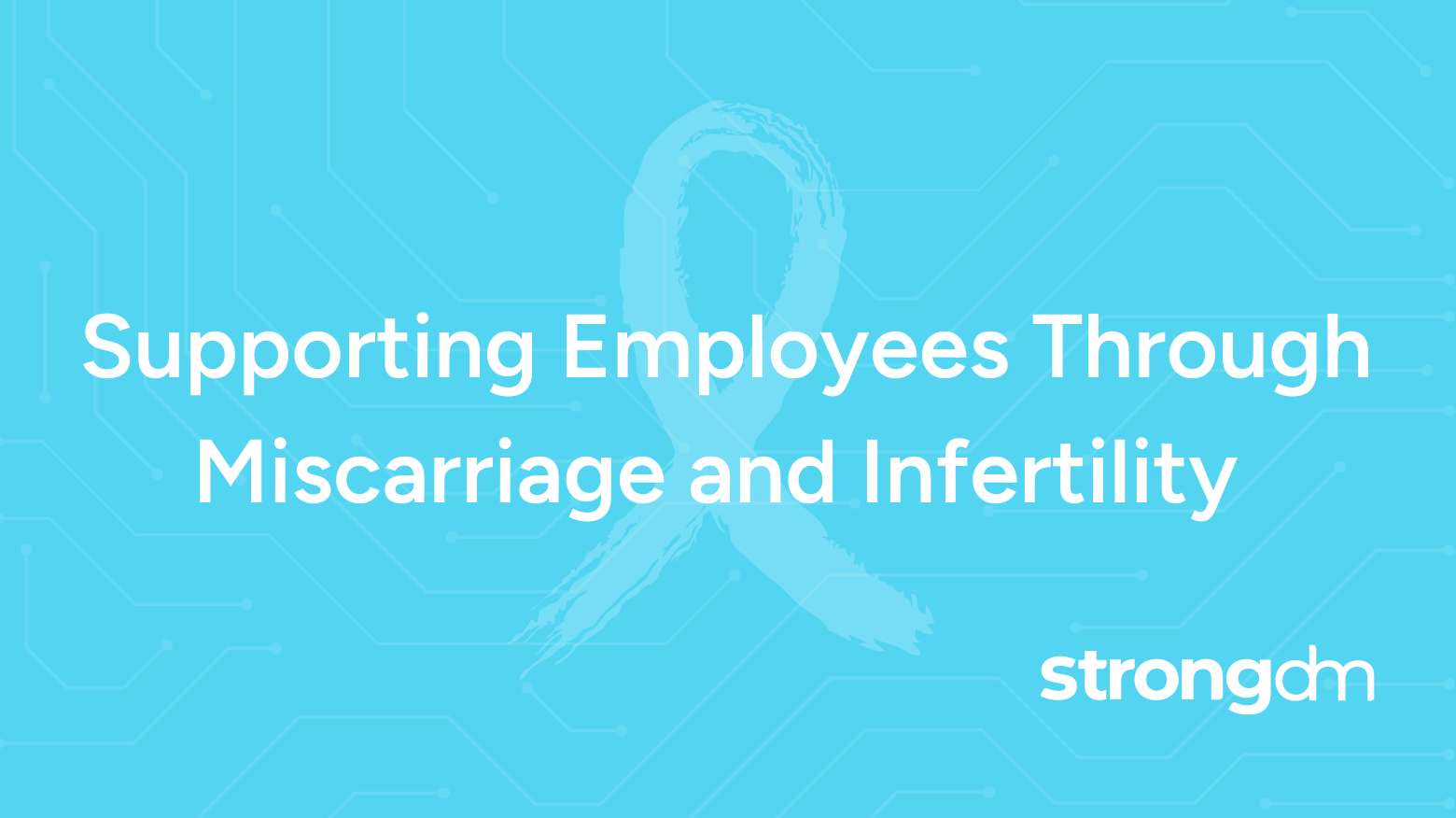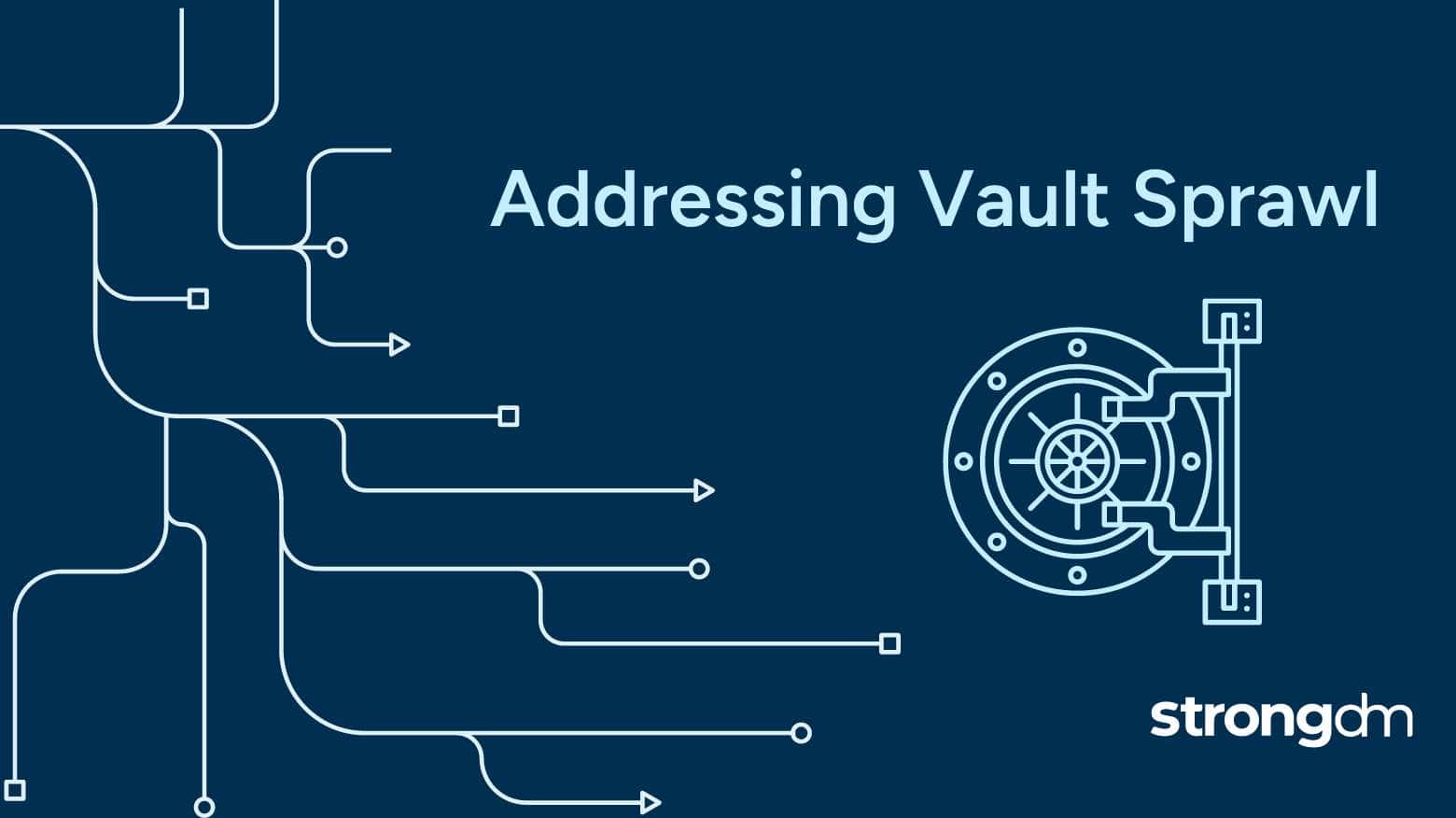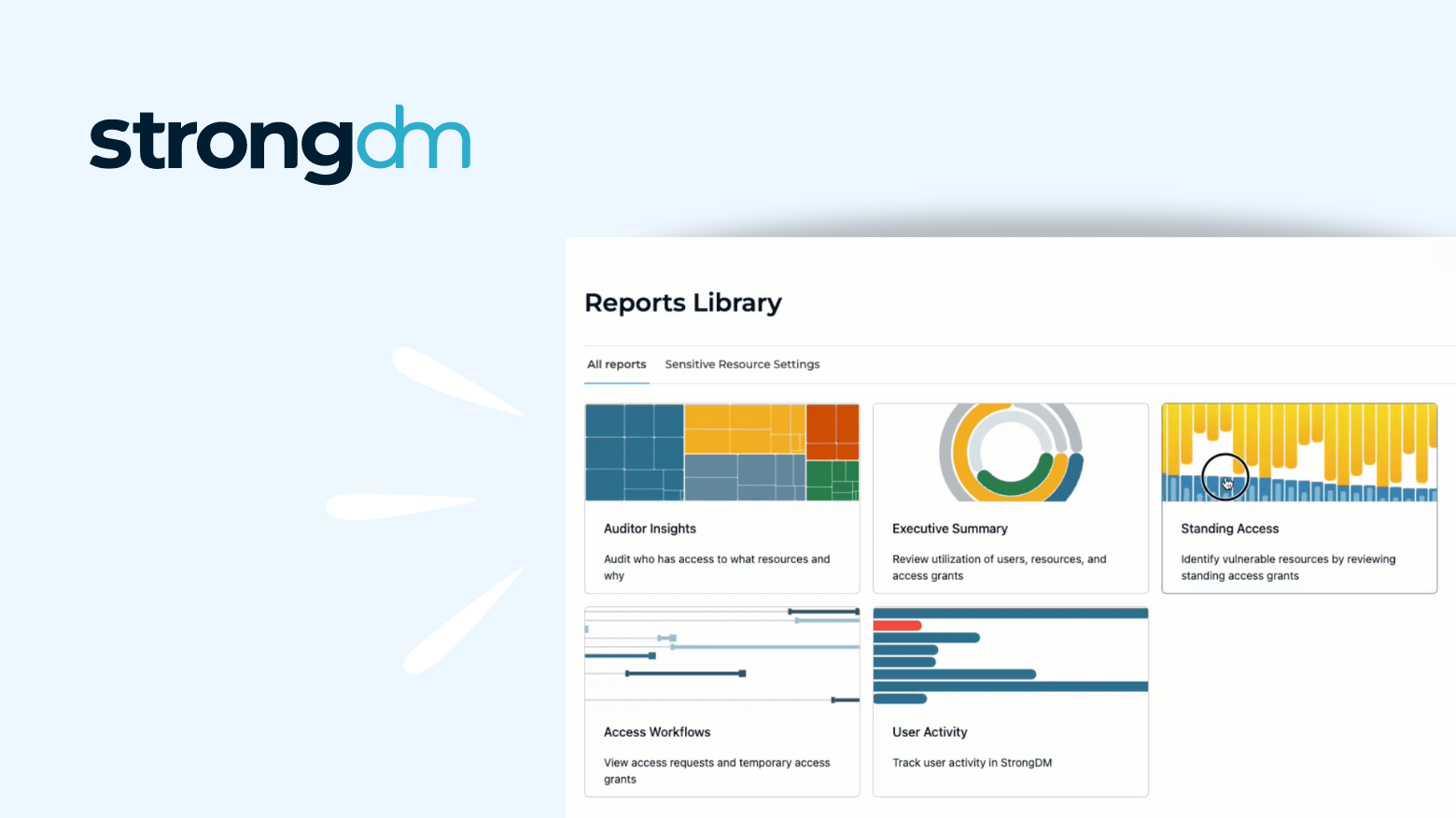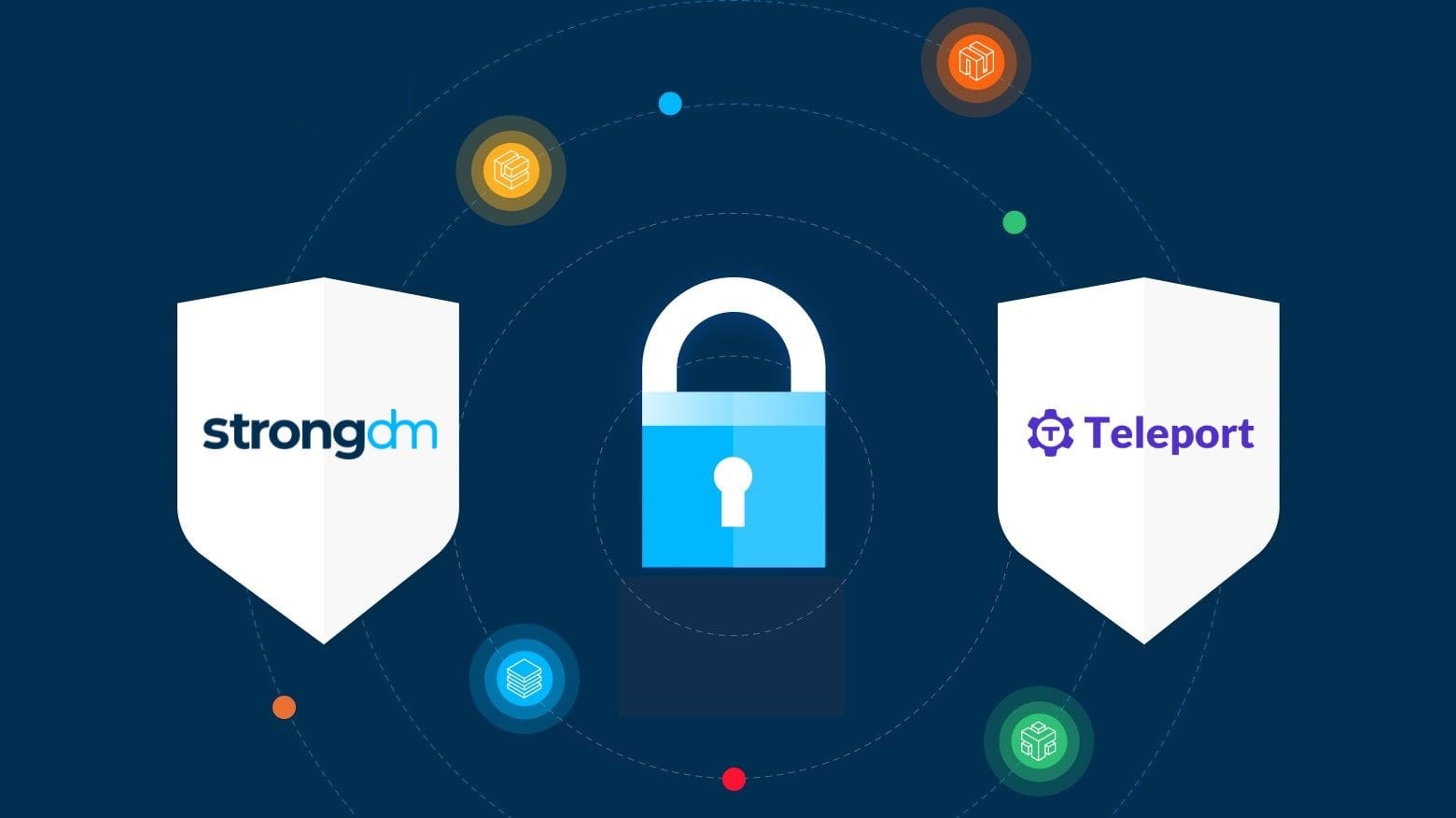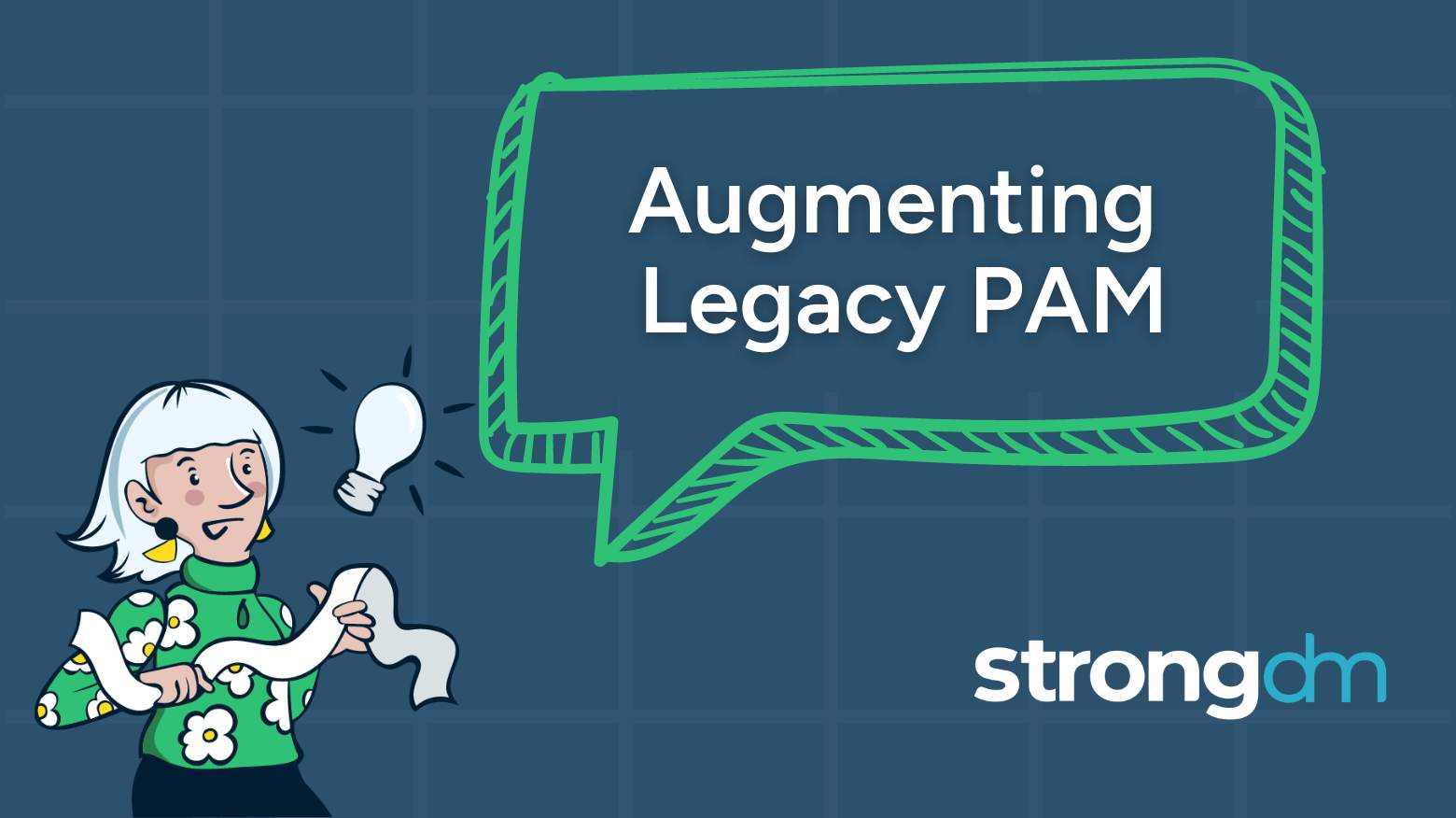So, you’ve decided to conduct an annual access audit. Now comes the obvious question: where do I start? Just like you wouldn’t embark on a mountain climbing excursion without a clear understanding of the terrain and gear you need, the starting point for an annual access audit requires an understanding of the process, people, and tools you’ll need to get started. Let’s go!

